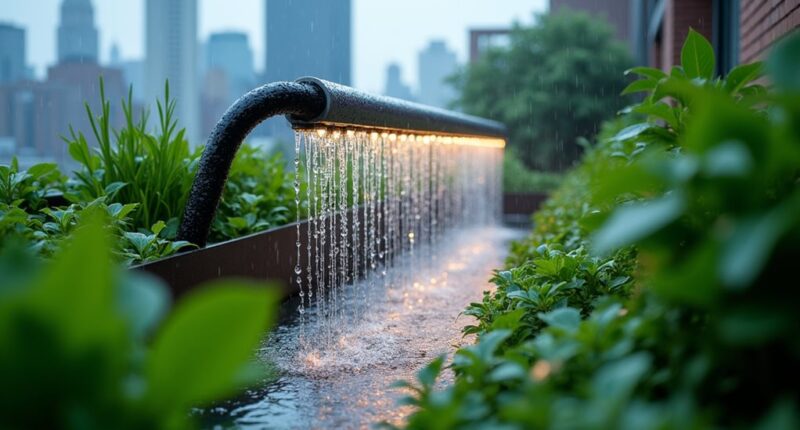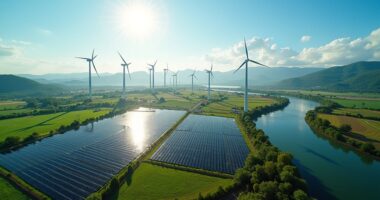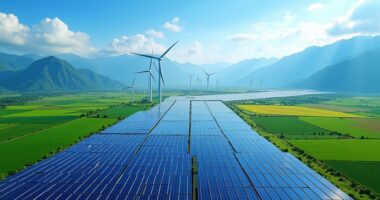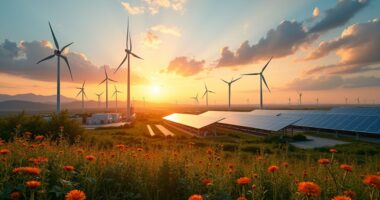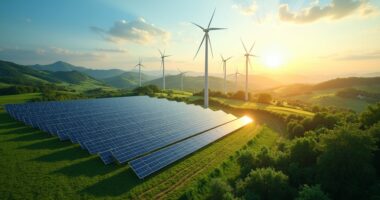A groundbreaking rain-harnessing technology is changing the way urban environments think about energy. By capturing the power of falling raindrops, it converts more than 10% of their energy into electricity, far surpassing traditional hydroelectric methods. Imagine raindrops colliding in slick polymer tubes, creating electricity like a mini electric dance party! This system not only powers small devices but also helps manage stormwater, showcasing a win-win for city life. Curious about the future this tech promises?
Harnessing Energy From Rain
What if the next big urban energy revolution came not from the sun, but from something as commonplace as rain?
Imagine this: every drop that falls from the sky could be transformed into a little powerhouse of electricity.
Thanks to breakthrough technologies like plug flow systems, researchers have found a way to harness the energy from falling raindrops—producing over 10% of the energy from these droplets.
Breakthrough plug flow systems transform falling raindrops into energy, harnessing over 10% of their potential!
It’s not just a sprinkle of hope; it’s a torrential downpour of potential.
In a world where energy demands are skyrocketing, plug flow systems stand out.
They produce an astonishing 100,000 times more electricity than traditional continuous water streams.
This is achieved through a clever mechanism where droplets collide inside polymer tubes, triggering a charge separation—think of it as droplets having a little dance-off that ends with a spark of energy.
The standard setup uses rain-sized droplets falling through a 32-centimeter tube, with wires ready to collect the generated current. This system converts more than 10% of falling water’s energy into electricity. Plug flow systems enhance energy efficiency by utilizing burst patterns of water flow.
Early prototypes have already proven successful, powering twelve LEDs for twenty seconds.
The beauty of these systems lies in their urban integration potential.
They can comfortably fit on rooftops and are less maintenance-heavy than traditional hydro setups.
Imagine a city where rainwater harvesting and energy production work hand in hand, optimizing resources like a perfectly balanced diet.
These systems could be integrated with rain gardens to create dual-purpose installations that manage stormwater while generating electricity.
Plus, they can power small devices like sensors and IoT gadgets—your smart umbrella could soon be more than just a rain shield; it could be an energy generator!
This technology could change the game, reducing our reliance on fossil fuels and promoting local, renewable energy sources.
It’s a win-win: capturing rainwater mitigates flooding while supporting urban climate resilience.
